Wreck diving? Count us in!
Whether sunk on purpose or as the result of a mishap, it’s a breathtaking experience to be able to visit a sunken wreck while scuba diving.
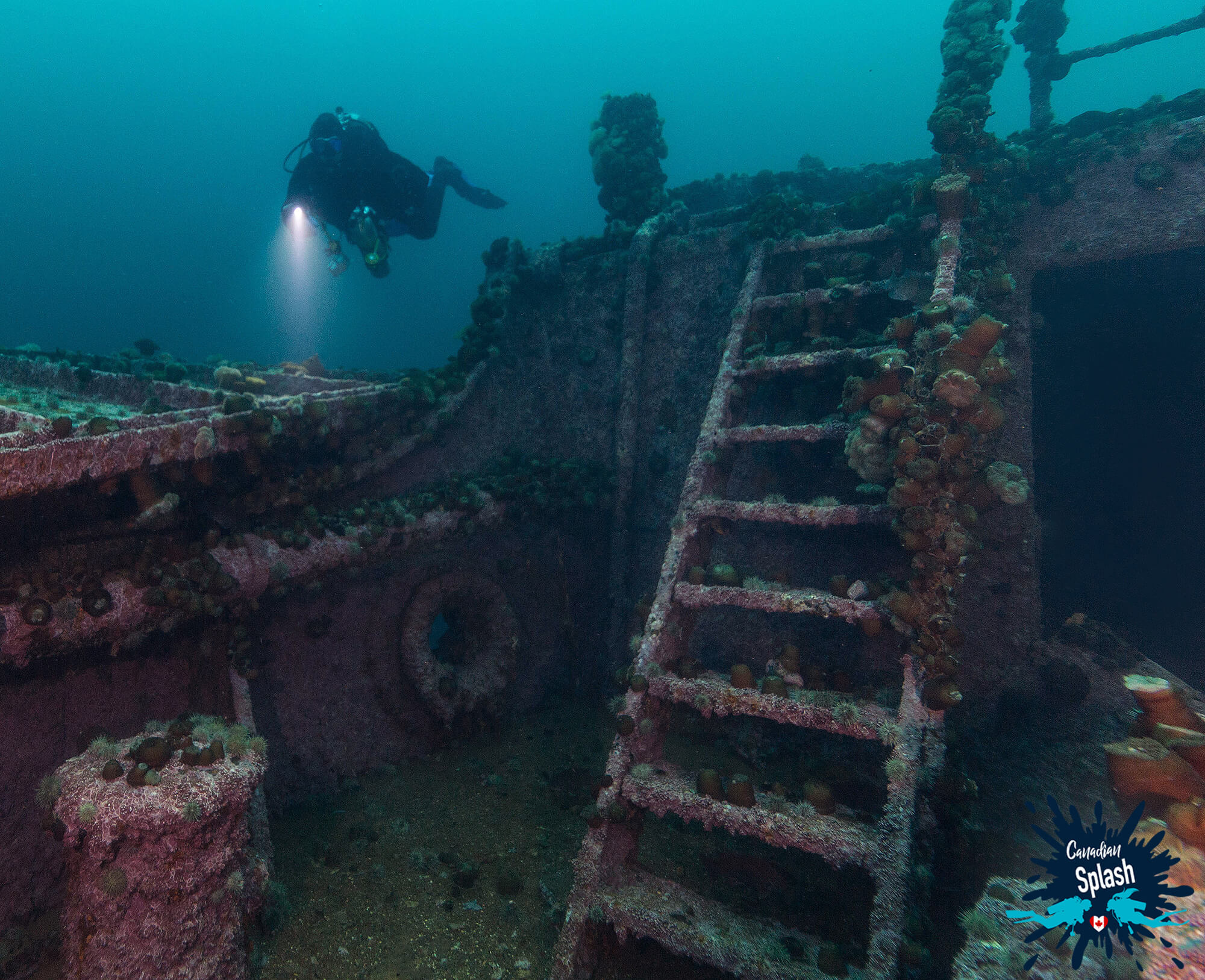
Wreck diving is a thrilling and adventurous type of scuba diving that involves exploring large sunken objects, such as a ship or airplane, underwater.
Most divers find wreck diving irresistible because not only do you get to explore a little piece of the past, but it opens up new and exciting avenues of discovery. On top of being able to dive into history, wrecks are also artificial reefs teeming with life. Aquatic creatures thrive in the nooks and crannies made available by the sunken vessel.
View this post on Instagram
The PADI wreck diver course is an interesting course that teaches recreational divers all about the safety and responsibility that goes hand in hand with wreck diving. It opens up a whole new world of diving that allows people to not just research and tour the outside of a wreck, but also learn how to safely perform limited penetration in an enclosed environment.
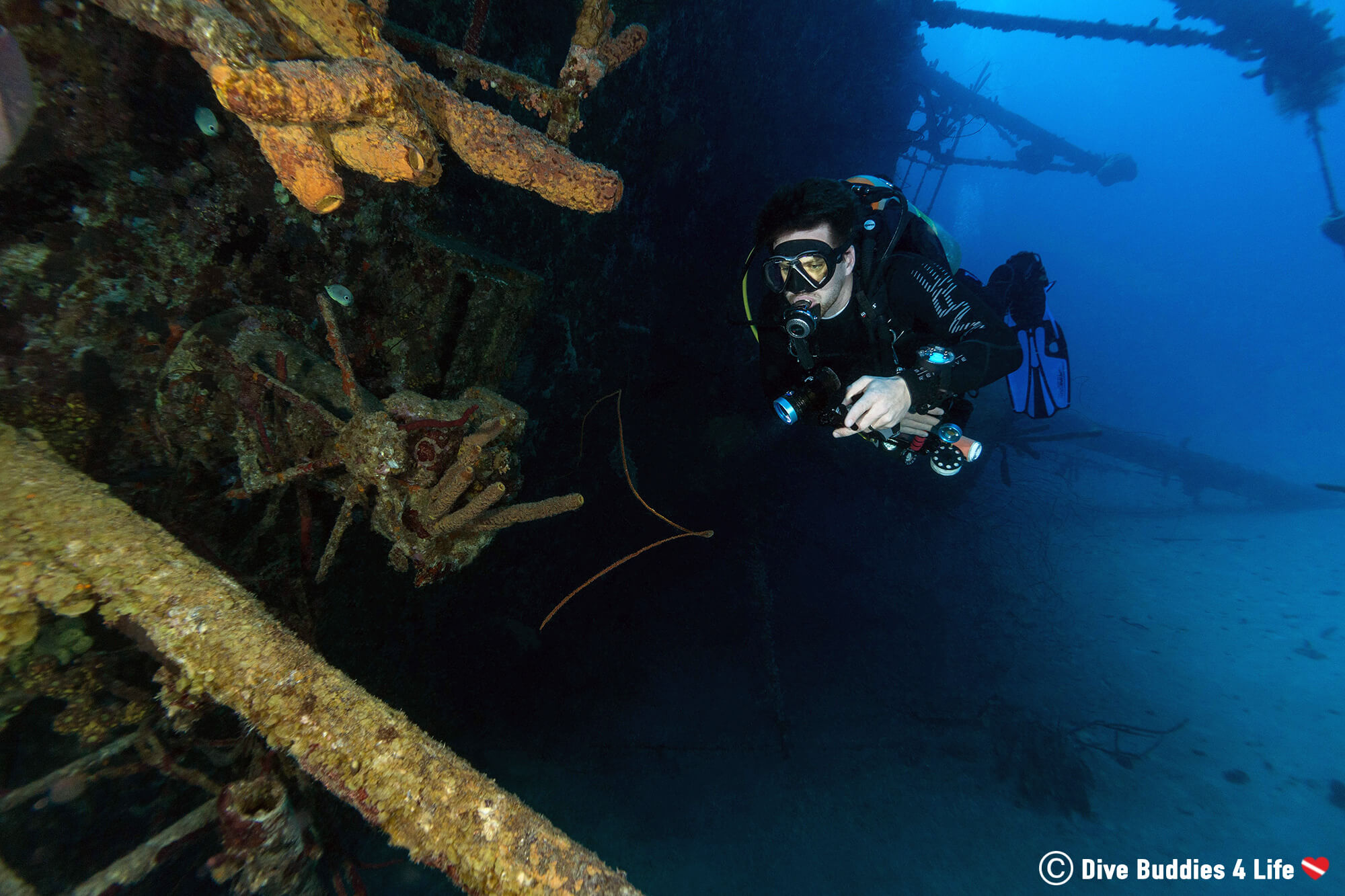
As with any course to further your scuba diving knowledge, here is what topics you will cover during the PADI Wreck Diver certification:
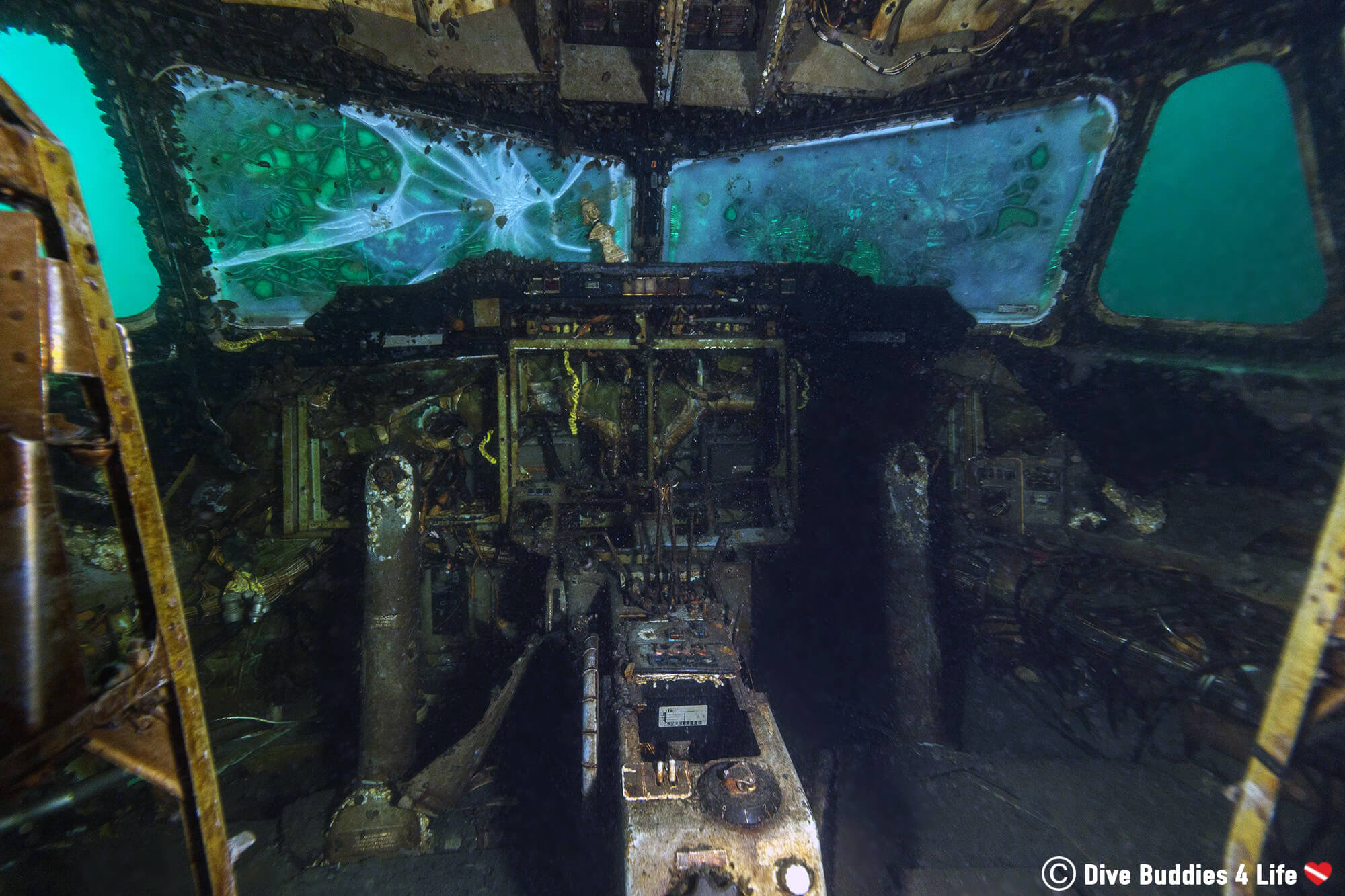
In order to join a PADI Wreck Diver course, participants must meet the following requirements:
As always it is important to double check with your local dive shop if you meet all the prerequisites prior to enrolling in the course.
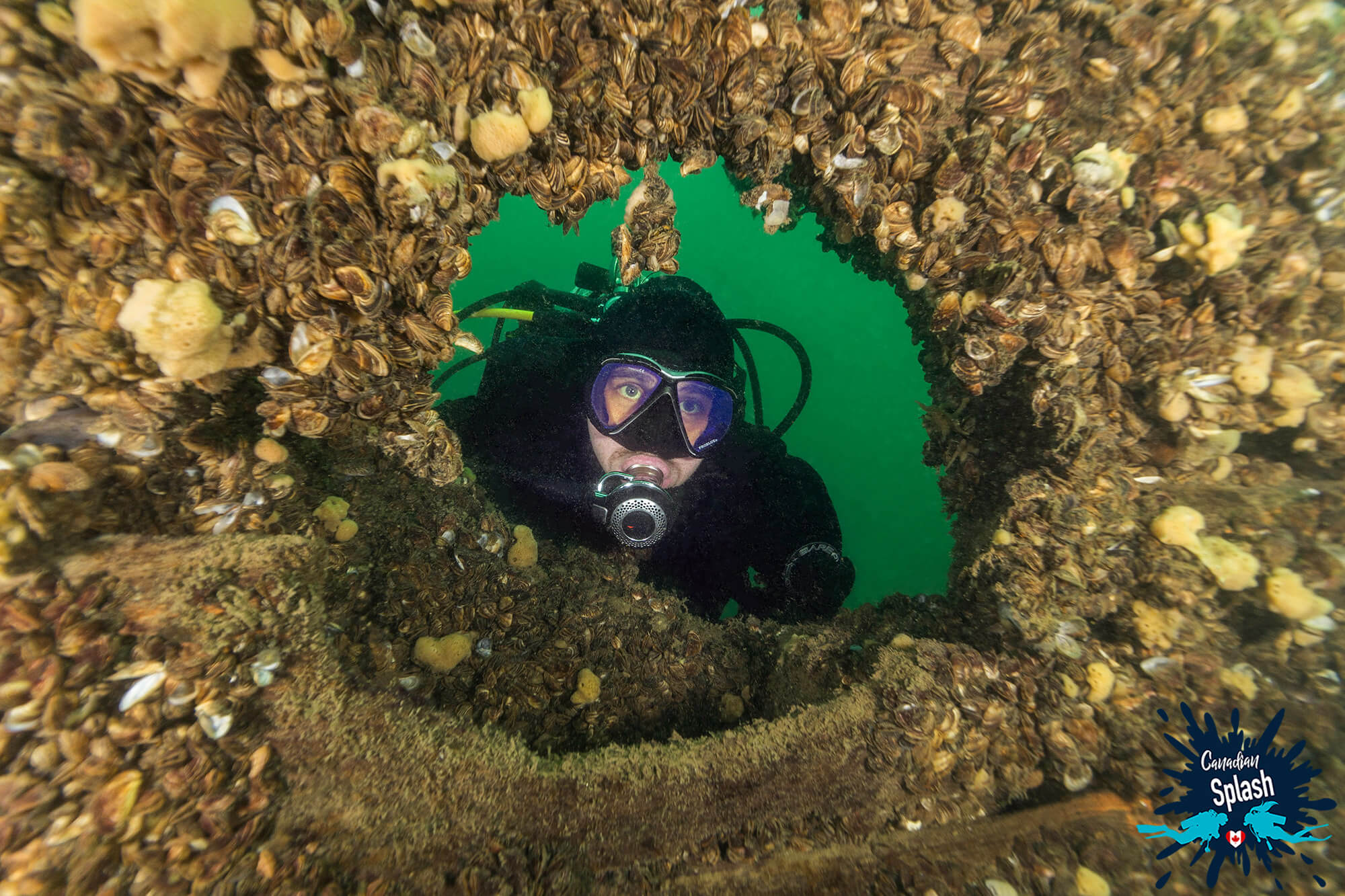
The Wreck Diver course is one of 31 PADI Specialty courses encouraging divers to enjoy and explore the underwater world in new ways.
The first part of the PADI Wreck Diver course is the theoretical section that happens in the classroom as there is no E-learning option available. Overall we spent two three-hour evenings of classroom time.
In the classroom, prospective wreck divers will review and analyze the textbook material which covers everything from how to research and learn the history of a shipwreck to how to safely perform a limited penetration.
For our course, the instructor opted to give us more wreck diving information and covered a whole section on line handling: types of lines, types of reels, how to lay lines, tie-off points, directional markers, and dive team procedures. We did multiple dry-land practice simulations where our team would “head underwater and perform a limited penetration on a wreck”. It was an interesting and neat experience because we each, in turn, lead a dive, tying and following a maze of lines on land.
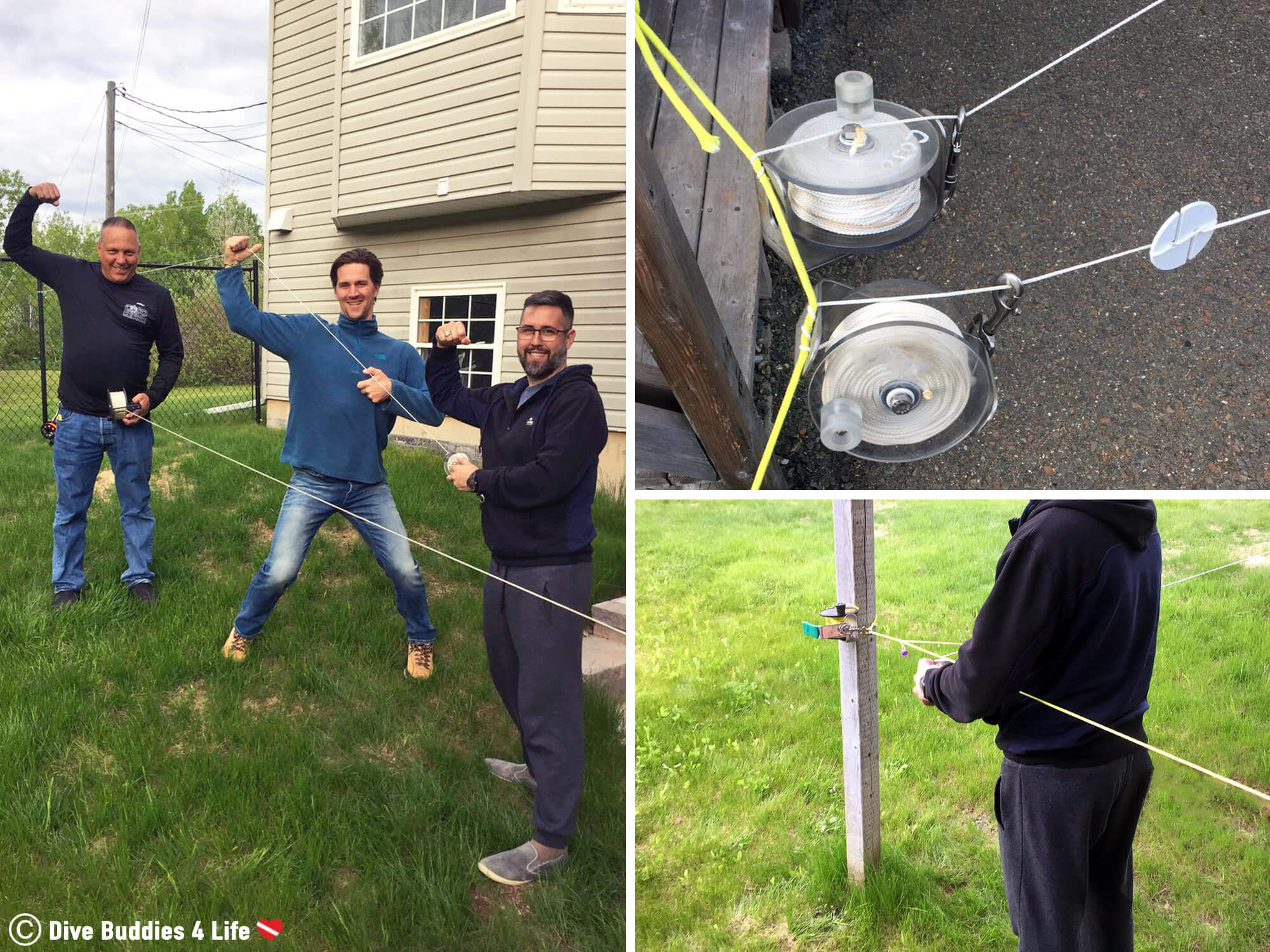
A couple of weeks after our in-depth theoretical section it was time to apply our new skills underwater. We had prearranged to do this part of the course in Newfoundland, on the famous Bell Island shipwrecks.
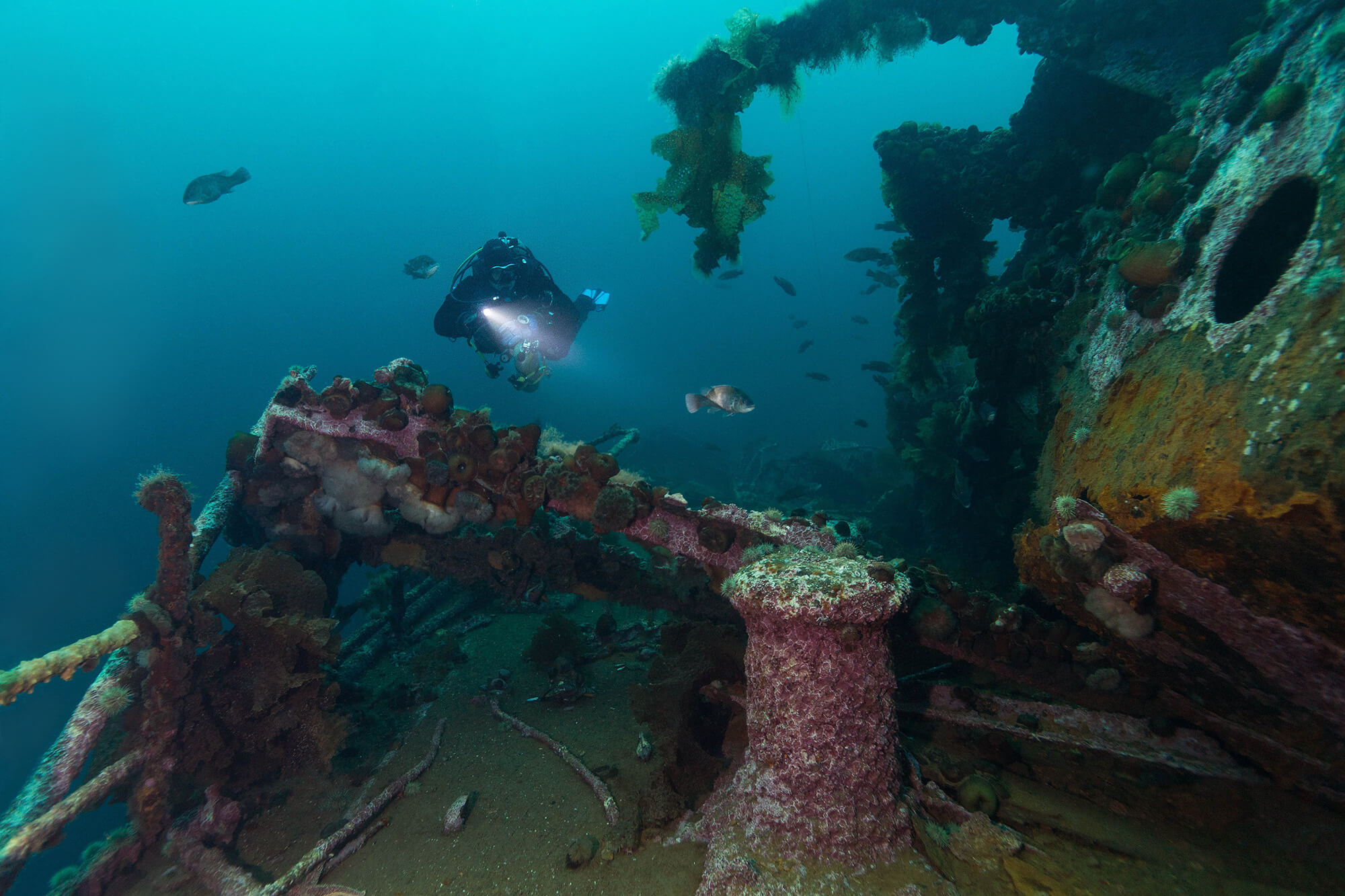
Curious about diving the only collection of World War II shipwrecks in Canada?
Bell Island, Newfoundland is a cold water dive destination that will let you experience some of the best shipwrecks and scuba diving opportunities on the Canadian east coast.
Ice cold and perfectly preserved at depth, Newfoundland was the trip of a lifetime for us. Over the course of a 5-day 2-dive wreck diving expedition, we dedicated 4 dives to completing the PADI Wreck Diver course.
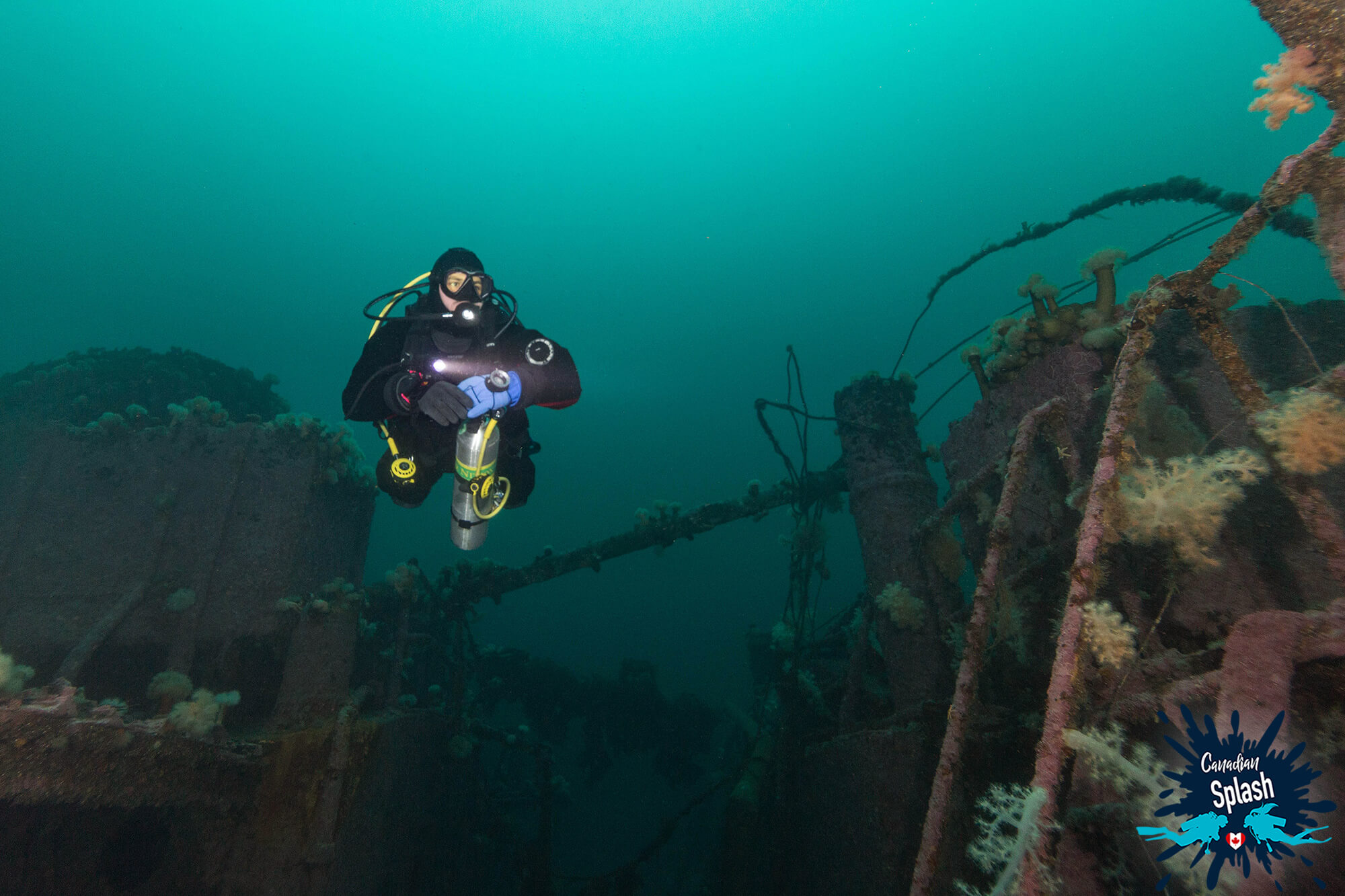
The first course dive was a basic orientation dive where we got used to diving with our extra pony bottles, toured the outside of a ship and watched our instructor deploy a penetration line. It gave us a chance to get used to the new (and very cold environment), witness the mammoth-sized shipwreck for the first time and watch an underwater demo of how to use a dive reel.
On the second dive, we had the opportunity to practice and improve deploying a Delayed Surface Marker Buoy (DSMB) and tying the buoy off to the shipwreck. This dive was done at a shallow shore whaler wreck as opposed to the deep Bell Island wrecks so that we could surface empty the bag, tweak our technique and re-deploy the DSMB multiple times.
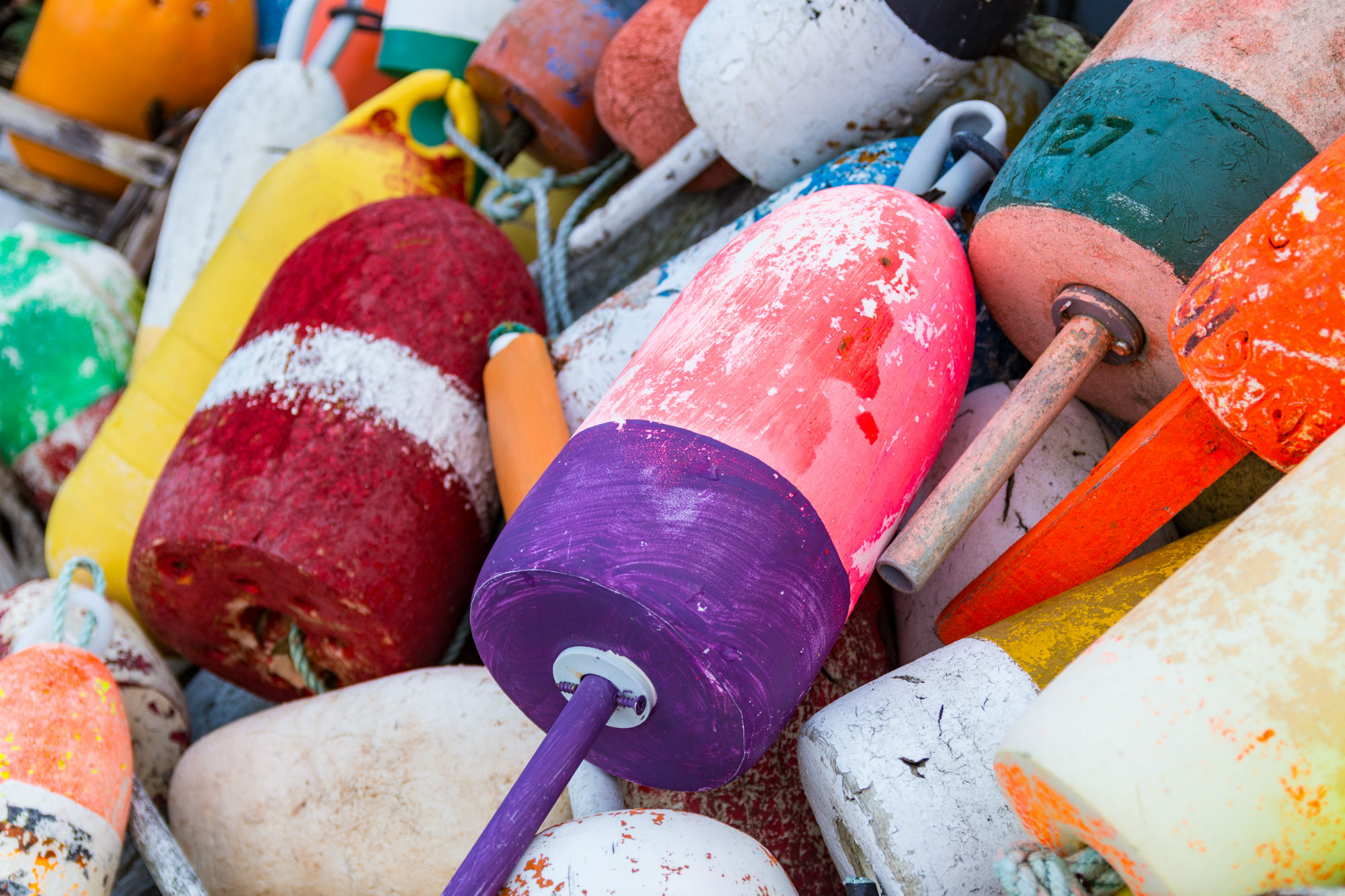
Read more about scuba diving surface markers:
Sometimes a dive doesn’t go according to plan and when that happens, it’s important to be seen. Learn all about what are surface markers and why you should have one.
The third dive we were back on the Bell Island shipwrecks and practiced each, in turn, executing a primary tie-off, secondary tie-off and laying a penetration line across the open part of a ship. As easy as the instructor made it look during the demo, deploying a reel was a little tricky in the cold water, mainly because of the multi-layers of thermal protection on my hands.
Our fourth and final dive was very similar to the third dive, in that we were tasked with deploying a penetration line on the wreck only this time instead of it being out in the open, we actually had to do it in an enclosed overhead environment.
Each course dive had a specific wreck diving skill that was focused on. As a student, I found that focusing on one skill to plan and execute was a nice pace because when you are doing something at depth in cold water it can jeopardize safety if there is too much to cram in.
Back on the boat after every individual wreck course dive, our instructor would always lead a short debrief. These debriefs were necessary but also very useful in helping us advance our skills by making small changes to our dive routine.
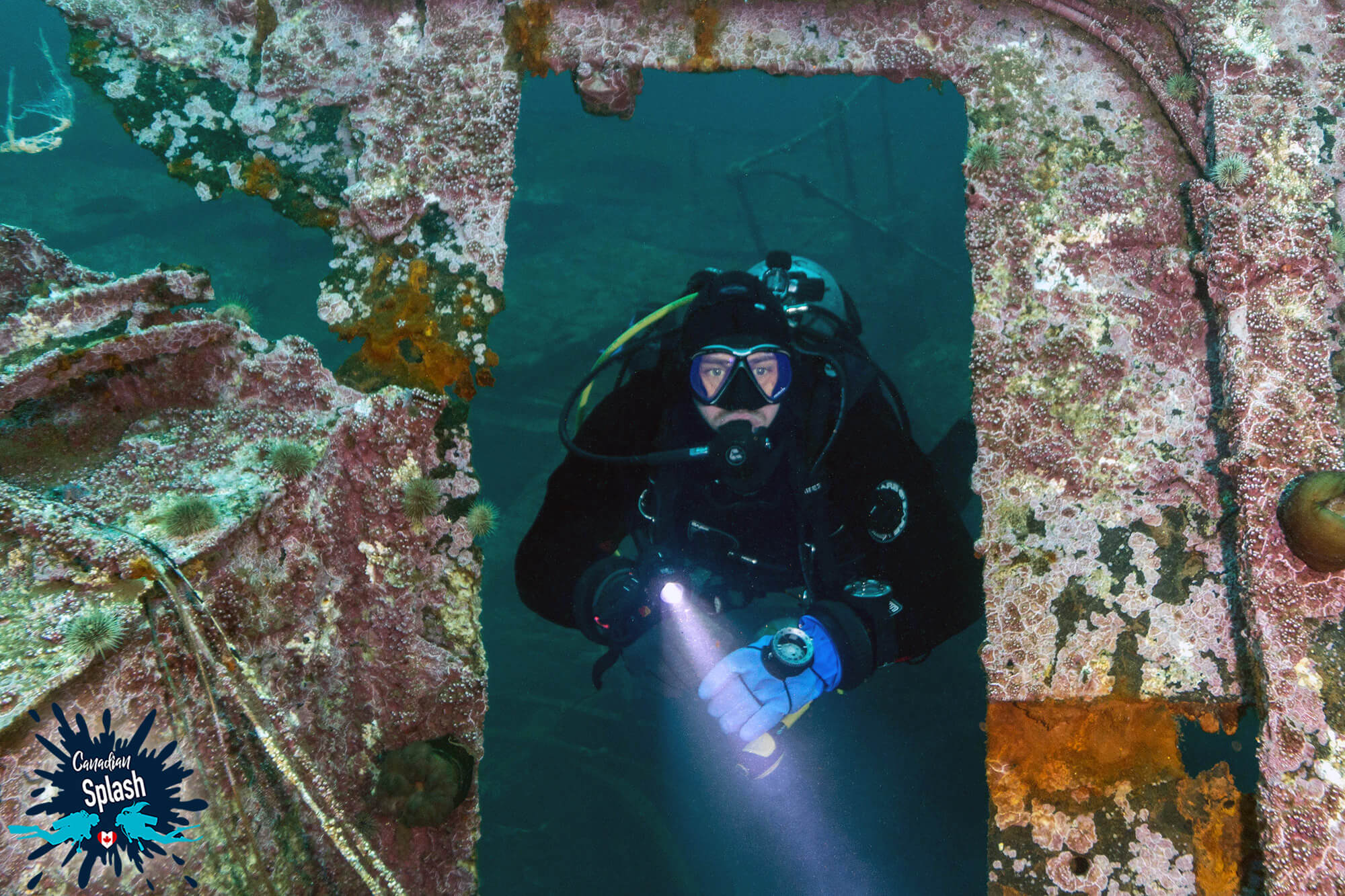
The cost of taking your PADI Wreck Diver Specialty Course varies from dive shop to dive shop and largely depends on boat charters and the ease of accessibility to a wreck. A reasonable estimate on the Wreck Diver course price is between $400.00 and $500.00 per person. This price should include the Wreck Dive Manual, classroom session, PADI certification card, and 4 chartered boat dives. Should there be wreck diving accessibility from shore, the price will likely be cheaper
If you are planning on doing your Wreck Diver Course, it is also important to budget for extra equipment that might not be part of your dive inventory. In some cases, you might be able to rent the equipment while in others you will need to have your own.
Additional equipment needed for the course includes a primary dive light, a backup dive light, primary wreck reel, a secondary wreck reel, dive slate, compass, and alternate air source, either a second tank or pony bottle (not mandatory but recommended).
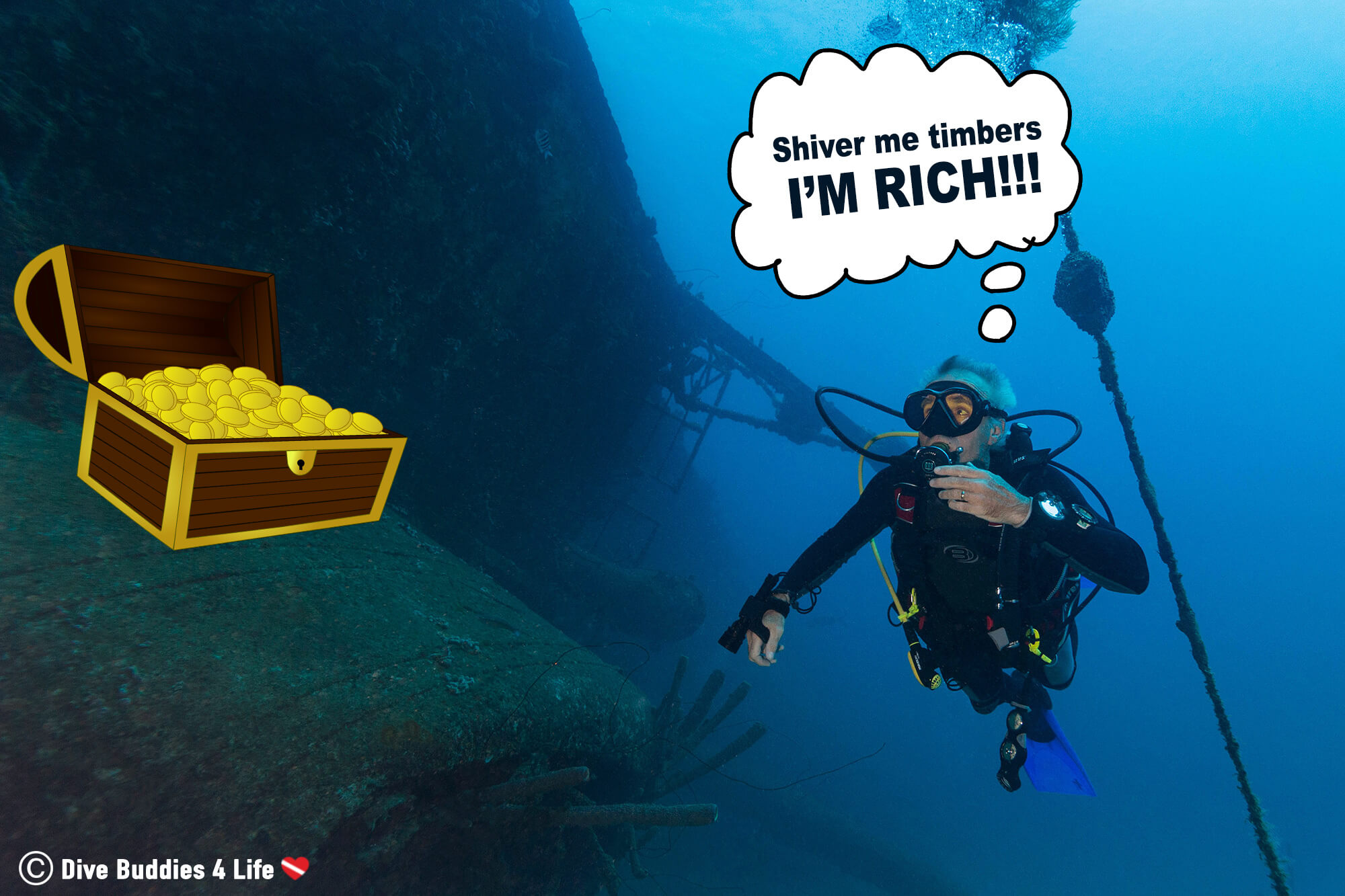
The PADI Wreck Diving course is a 4-dive session done over at least a two-day span. During the 4 open water dives included in this course, students will learn information and techniques on land from their instructor and apply them in real-life situations in the water.

The PADI Wreck Diving certification is a good course for new divers looking to try their hand at wreck diving to determine if that style of diving is of interest to them. It’s a good way to further your knowledge and learn more with regards to underwater exploration of wrecks.
But unless you’re relatively new in the diving world, we wouldn’t recommend taking the course. As a seasoned diver who has already explored the outer proximity of various types of wrecks, we found the PADI Wreck Diver course a little lackluster.
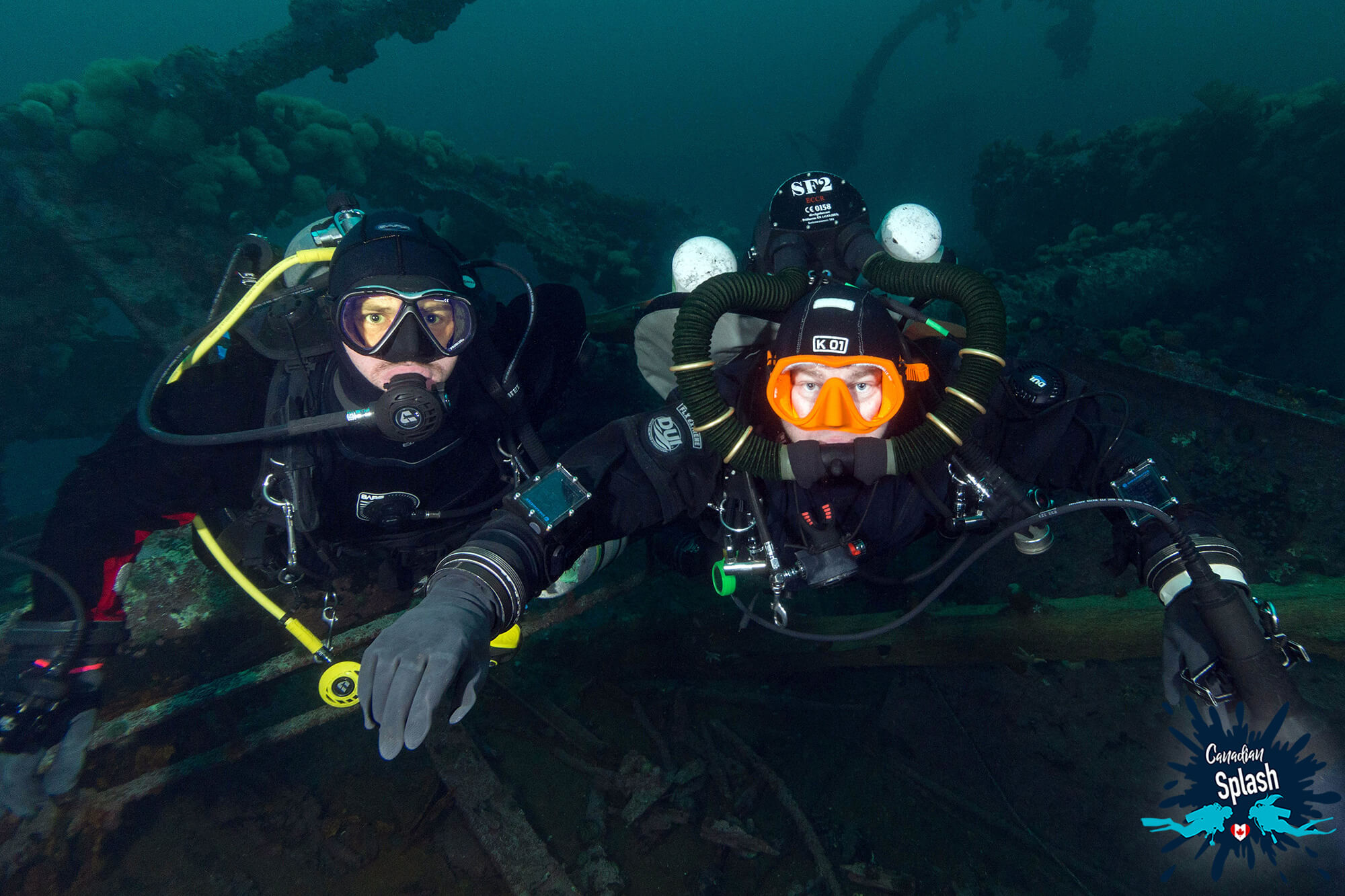
I’m not going to lie, Joey and I were a little disappointed about the PADI Wreck Diving course. While it covered a lot of material, we found that the course was limited in the new knowledge it provided to more experienced divers. Apart from learning about lines and reels, the information it provided to us was very basic.
Luckily, the shop with whom we did the certification has a very technical instructor who went above and beyond what the PADI course offered. As a testament to this, our Wreck Diver certification was a combination of the PADI Wreck Diver and SDI Wreck Diving material, making the course more comprehensive and challenging. I think this speaks to the difference between an average scuba instructor, who teaches the bare minimum, and a good scuba instructor, who wants to educate and inspire.
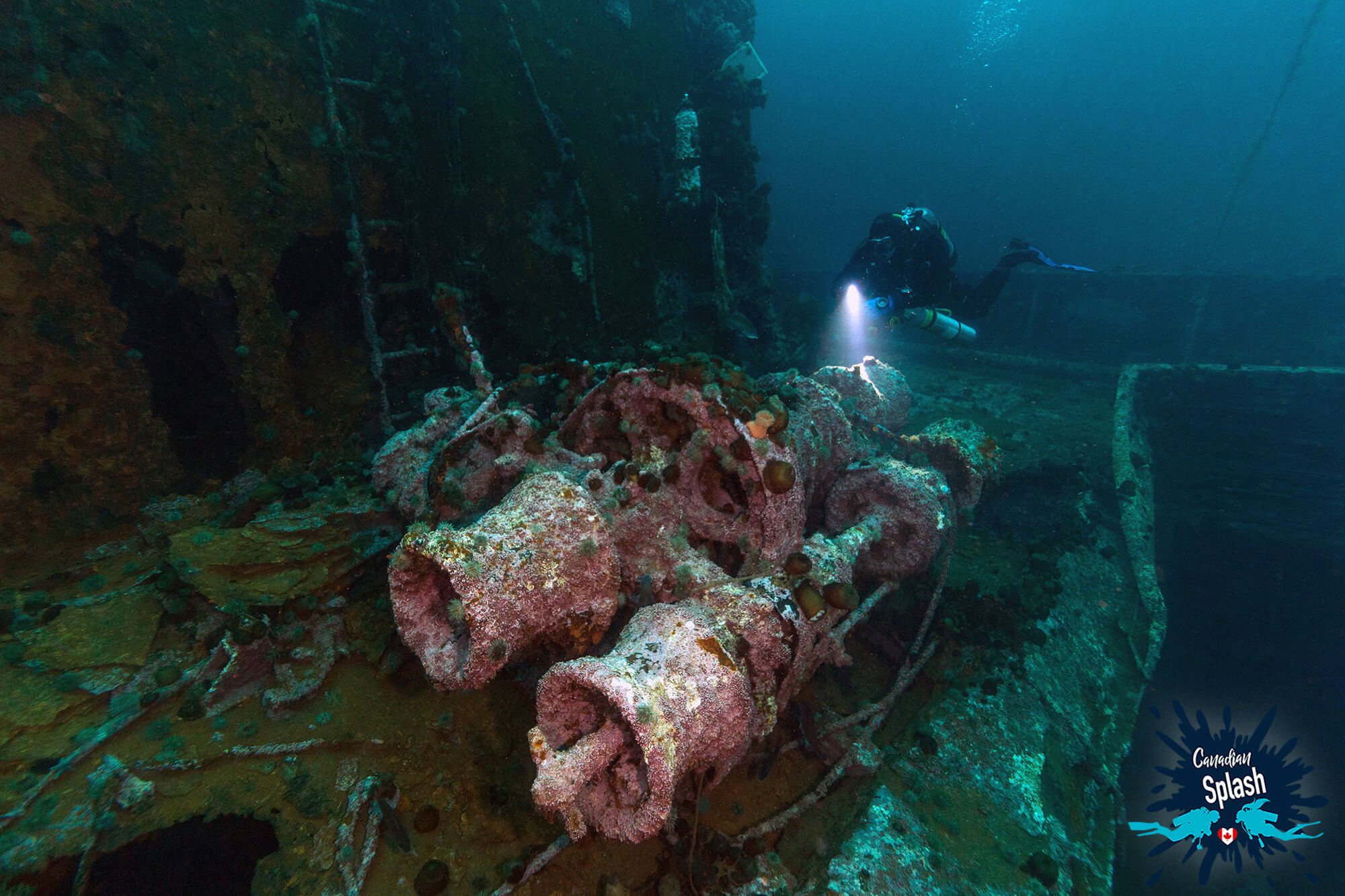
We are really happy that in taking the Wreck Diver Course, COJO Diving decided to teach more than the PADI certification scope!
During the modified course we learned about types of lines, types of reels, tie off points, directional markers, and line handling. We even had a couple of nights of dry-land practice where we got to create and follow a maze of lines on land.
All in all, am I glad I have my PADI Wreck Diving certification? Of course! Every diver at some point in their careers loves collecting cards. Would I recommend this PADI course to other people? Probably not. The course was way too basic and didn’t have nearly as much limited wreck penetration as I would have liked.
Our suggestion – if your dive shop offers the SDI Wreck Diver or an alternative wreck course, try that one instead!
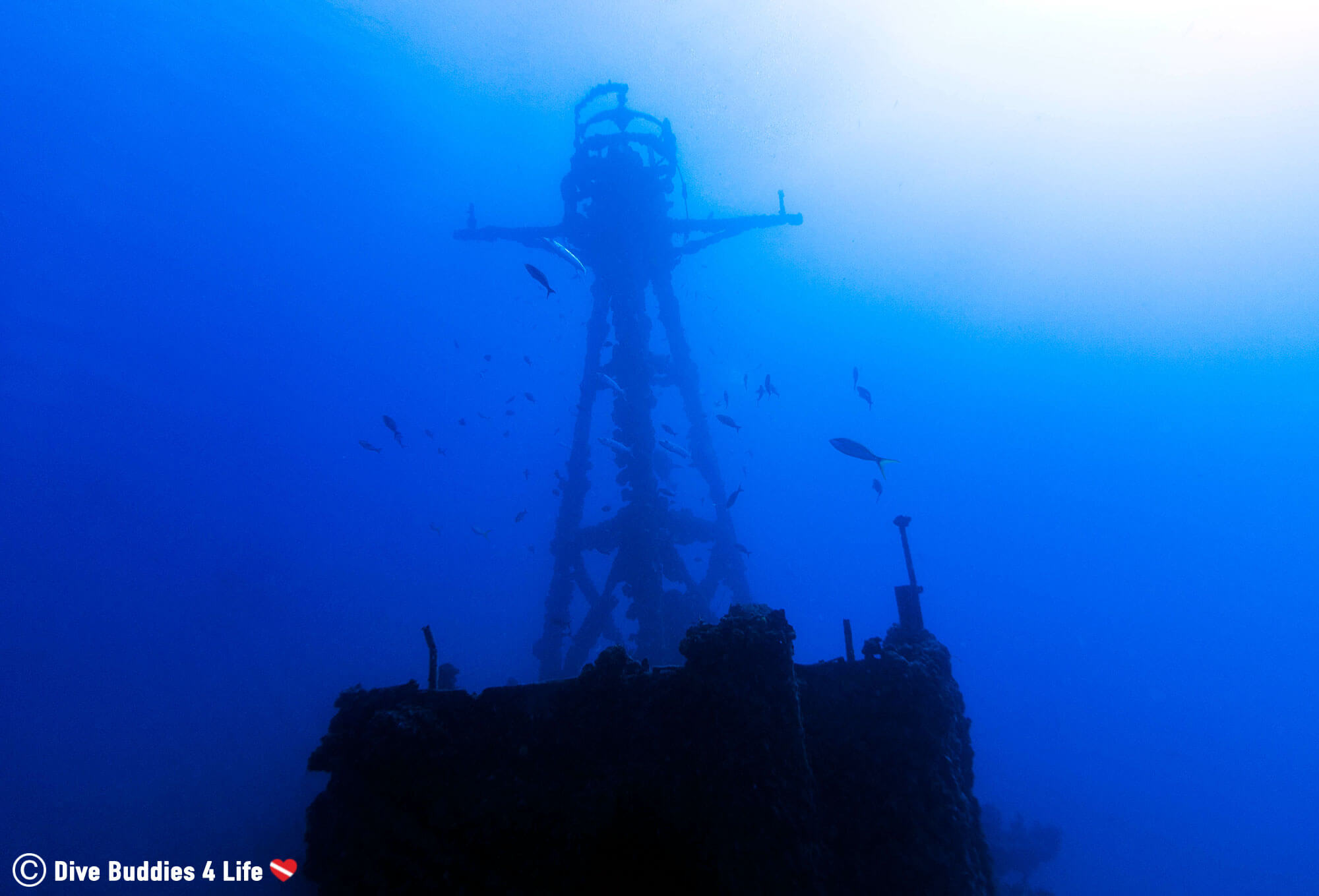
Have you ever taken a Wreck Diving course? Which institution did you use and what was your experience like? Would you recommend it to others?

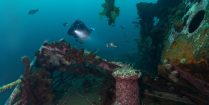
Do you enjoy cold water wreck diving? This dive destination will let you experience the best shipwrecks and scuba diving opportunities on the Canadian east coast.
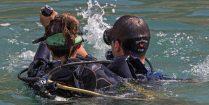
Becoming a PADI Rescue Diver is a great way to further your knowledge and give yourself the tools to stay safe on a dive.

Sometimes a dive doesn’t go according to plan and when that happens, it’s important to be seen. Learn all about surface markers and why you should have one.
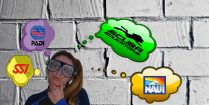
Many scuba diving agencies that play a role in training divers. Here is a look at SEI, PADI, NAUI, and SSI, the top scuba agencies in the world.
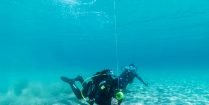
For some scuba diving is more than just a hobby - it’s a lifestyle. Here is everything you should know about getting your divemaster certification.

Fluodiving, fluorescent night diving, UV diving, glow diving - goes by many names. But no matter what you call this vibrant type of diving, the optical magic of fluorescence adds a totally new dimension to your night diving repertoire.
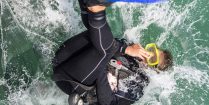
No matter what level of diver you are, scuba backroll entries are a fun-filled way to get off the dive boat and get into the water.

Organizing a dive vacation can be a challenge. To help, keep these four questions in mind when planning your next scuba diving vacation.
